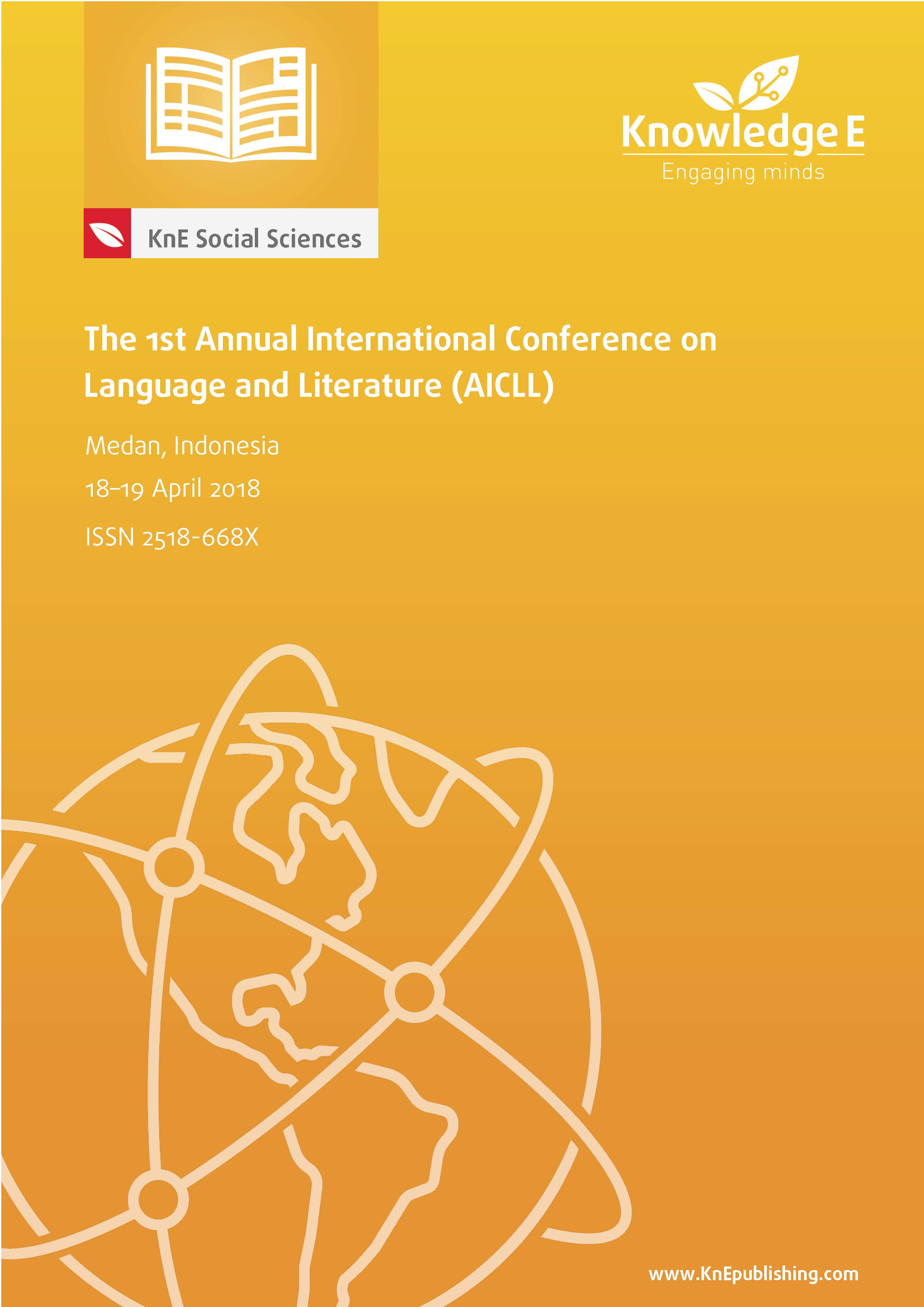Teachers’ Politeness Strategies in Motivating Students to Learn English
DOI:
https://doi.org/10.18502/kss.v3i4.2004Abstract
Many students are faced problems when they learn English language as a foreign language. It is part of English teachers’ job to solve the problems in teaching learning process directly by motivating students. Though in the fact, teachers may not always be possible to motivate all students. But however, this should never discourage teachers from trying to motivate their students. This study explores politeness strategies used by the teachers in motivating students to learn English in the classrooms, based on Brown and Levinson’s Politeness Strategies. The purpose of this study is to find out what types of politeness strategies that are used by the teachers and how the teachers’ politeness strategies realized in motivating students to learn English. The action was applied at Junior High School. The respondents are three non-native English teachers of SMPN 4 Langsa, and 80 students in three classes. The research conducted in duration 2x80 minutes English lessons in each of classes. The data is collected through descriptive qualitative data, and used instrument observation, video-recorded, and interview. The result showed that the teachers employed positive politeness, negative politeness, and bald on-record strategies as well. They used positive politeness especially to make good interaction between teacher and students while teaching learning process in order to encourage students motivation, they used negative politeness to avoid imposition to the students in learning, and they used Bald on-record when efficiency is necessary and taskoriented.
Keywords: Intrinsic versus Extrinsic Motivation, Face Threatening Act, Politeness Strategies.
References
Bogdan, R., & Biklen, S. (1982). Qualitative Research for Education (2
Brown, P., & Levinson, S. (1987). Politeness: Some universals in language usage. Cambridge: Cambridge University Press.
Goffman, E. (1955). On face-work: An analysis of ritual elements of social interaction. Psychiatry: Journal for the Study of Interpersonal Processes, 18(3), 213- 231.
Ihsan, M.D., (2016). Students’ Motivation in Speaking English. Journal of English Education Society (JEES), (online). Vol.I, April 2016, Page 31-48. ISSN 2503-3492. Received: February 20, 2016; Approved: March 25, 2016.
Kolesnik, W. B. (1978). Motivation, Understanding and Influencing Human Behaviour. Boston, MA: Allyn and Bacon.
Miles, M.B., & Huberman, A.M.(1984). Qualitative Data Analysis. Beverly Hills, CA: Sage.
Norris, J. (2001). Motivation as A Contributing Factor in Second Language Acquisition. (Online. Retrieved on July 2011) www.http/itesjl.org//Articles//ThanasoulasMotivation.httml.
Palmer, D. (2007). What Is the Best Way to Motivate Students in Science? Teaching Science-The Journal of the Australian Science Teachers Association, 53(1), 38-42.
Phillip et al., (2008). Motivation and Practice for the classroom. Rotterdam/Taipei: Sense Publisher
Renkema, J. (1993). Discourse studies: An introductory textbook. Amsterdam: John Benjamins Publishing Company.
Spolsky, Bernard. (1989). Conditions for Second Language Learning, Oxford: Oxford University press.
Thanasoulas, D. (2002). Motivation and Motivating in the Foreign Language Classroom. (OnLine. Retrieved on July 2011). www.http//itesjl.org/Articles/ ThanasoulasMotivation.html.
Yule, G. (1996). Pragmatics. Oxford: Oxford University Press.

